You just don’t think about flocculator maintenance too often as flocculators are proven pieces of equipment and seem to run day in and day out for years, even decades. Flocculators are, however, rotating equipment with moving parts both above and below the water line. Routine maintenance is very important to protect your investment and keep them in “tip-top” shape, and to avoid potential equipment failure. Poor maintenance can be costly, resulting in the need for replacement parts, and potential downtime for all or parts of the system.
Paddle wheel flocculators come in different configurations, known as:
There are some like parts in all three systems that need routine inspection, and sometimes maintenance. Bearings, shaft alignment, bolted joints, seals and gear motor units all may need routine maintenance.
Paddle Wheel Flocculator Maintenance: Plant Factors
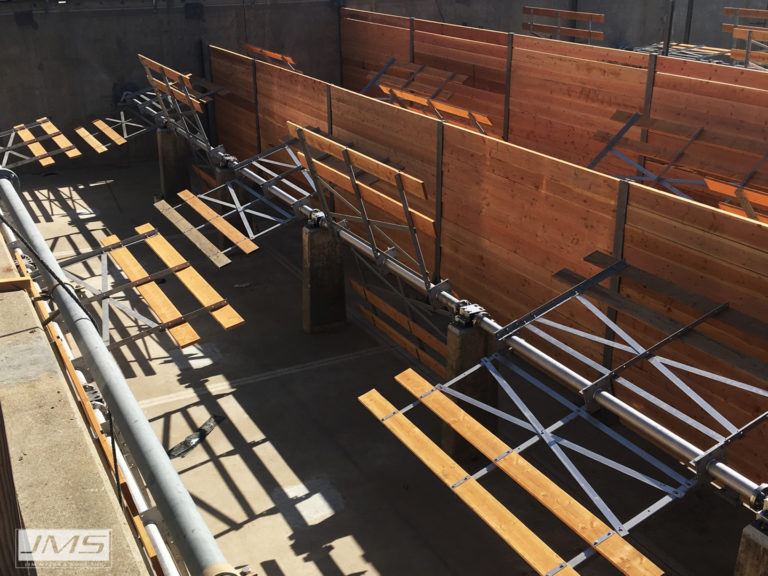
Certain plant specific factors can have an effect on maintenance needs. One of the most significant is the solids content of the process water. High content of abrasive material can increase deterioration of the bearing liners and shafts. This is more common where the raw water source comes from rivers, and of lesser importance when the water source is lake or well.
Some flocculants such as ferric chloride will corrode stainless steel and other parts, faster than other flocculants.
Heat exposure in very warm areas can cause equipment to experience premature oil breakdown, and seals can wear more quickly. Alternatively, if water treatment basins are outdoors in freezing temperatures, flocculators must be shut down to prevent ice from damaging the paddles. If a wet chain design is used, chain guard heaters can be used to prevent water from freezing on the chain.
Paddle Wheel Flocculator Maintenance: Maintenance Factors
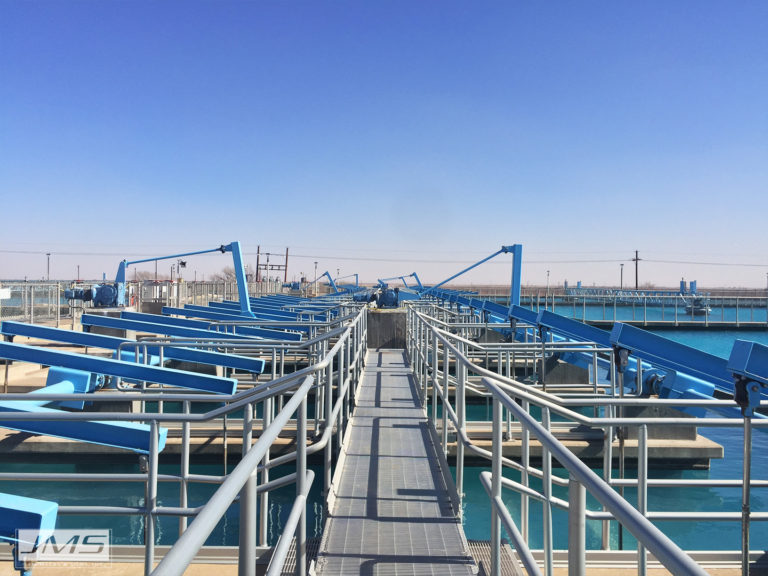
Maintenance frequency can be grouped into daily, weekly, monthly and semi-annual checks. Daily checks, for all types of Paddle Wheel flocculators should include visually checking that all fasteners are secure. Also take the opportunity to check that the fasteners are properly secured any and all times when the basin is drained. Note any unusual noises, vibration, or wobble as this can be a warning of a larger issue.
Weekly maintenance includes inspection of the stuffing box (for those units that have one) and addition of food safe grease and tightening the follower as needed.
It is important to lubricate all dry well journal or roller bearings and chain couplings (on the vertical paddle wheel flocculator) monthly. Bearings below the water level, should have liners inspected any and all times the basin is drained. Excessive wear on a journal bearing can result in damage of the shafts, additional equipment damage, and possibly even breakage. If the unit is equipped with a chain drive, chain tension should also be checked and maintained.
Semi-annual maintenance should include draining and refilling oil on the gear reducer drive units. It is always best to consult the manufacturer’s Operation and Maintenance manual for more specific instructions to complete this process. The manufacturer’s instructions will clearly lay out the appropriate periodic maintenance needed to extend the life of gear box units.
A bit of special attention to gear motor units, sprockets and chains, stuffing seal units, and shaft bearings can result in extended life for your unit, and you can avoid additional damage for a long life. This can all be accomplished by plant personnel, without outside services needed, and is a worthwhile investment to keep your equipment operating efficiently and keep operating costs low.
Typical Paddle Wheel Flocculator Maintenance Items
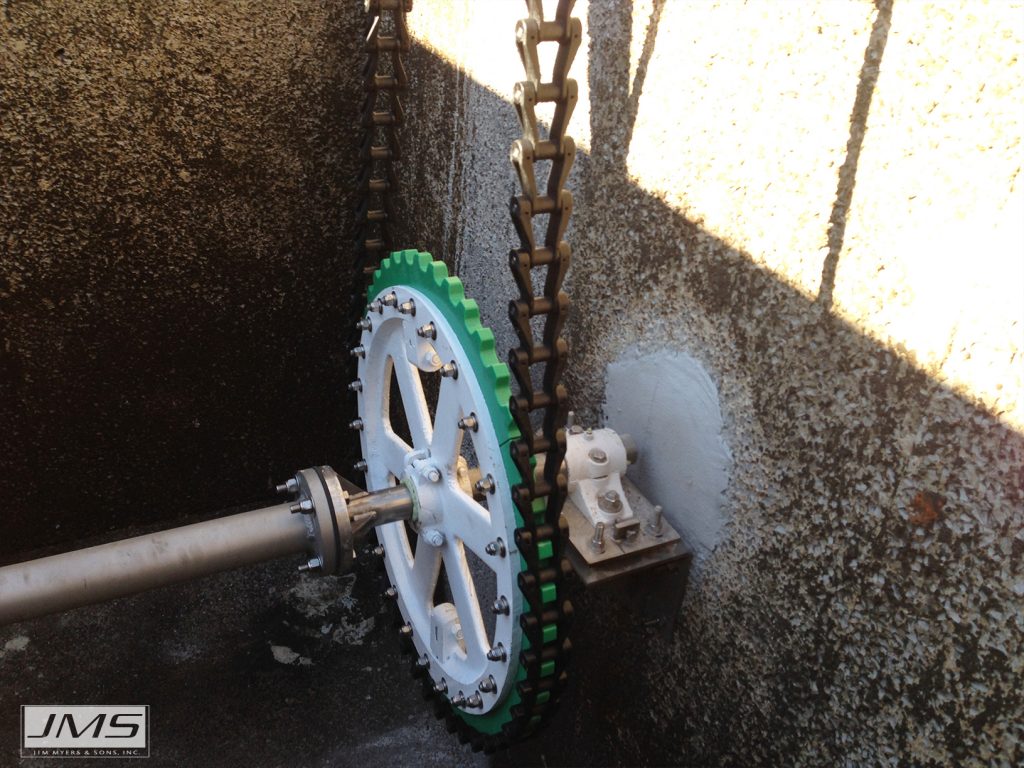

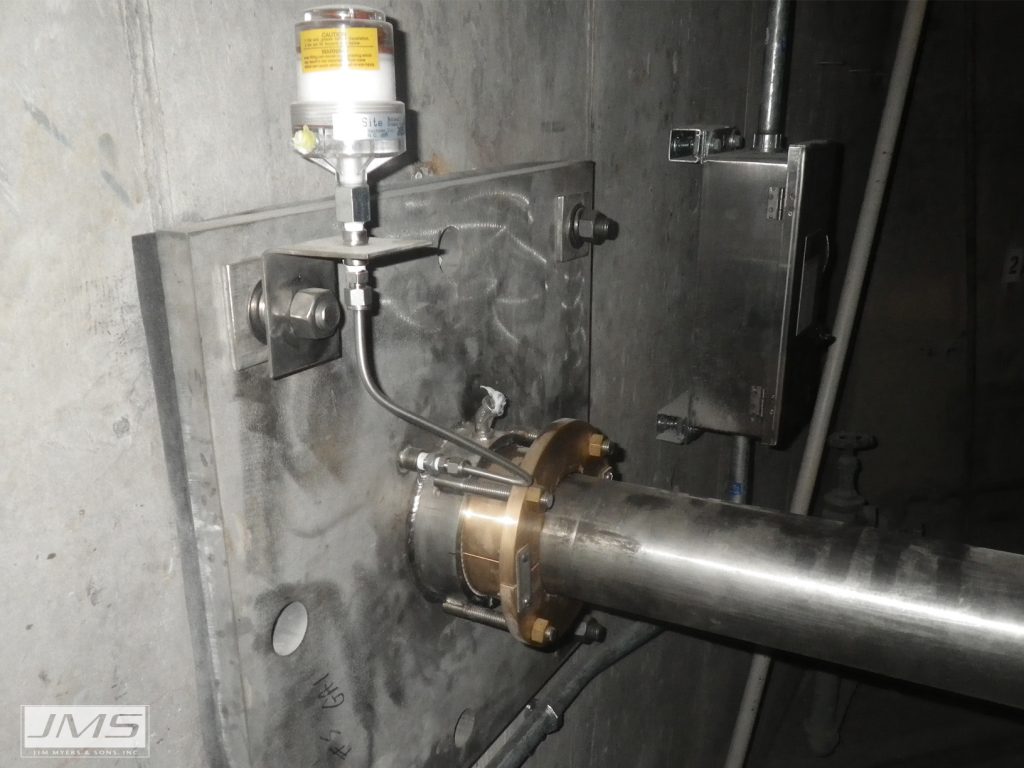
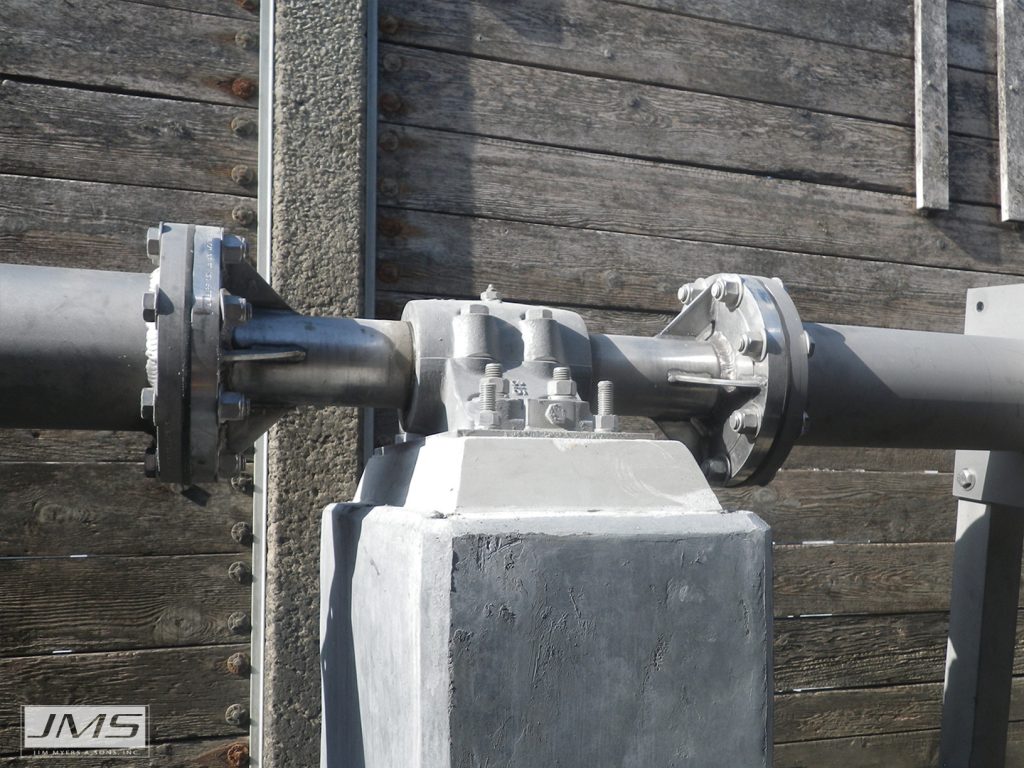
Troy has been with JMS for 4 years serving as an Aftermarket Parts Specialist. Having performed field service startups and repair services on new and existing equipment has given him experience with all types of JMS equipment, including flocculators, material handling, and actuators. Prior to coming to JMS, Troy was a warehouse manager and inside salesperson for a company supplying Hydraulic, Pneumatic & Power Transmission Components.

